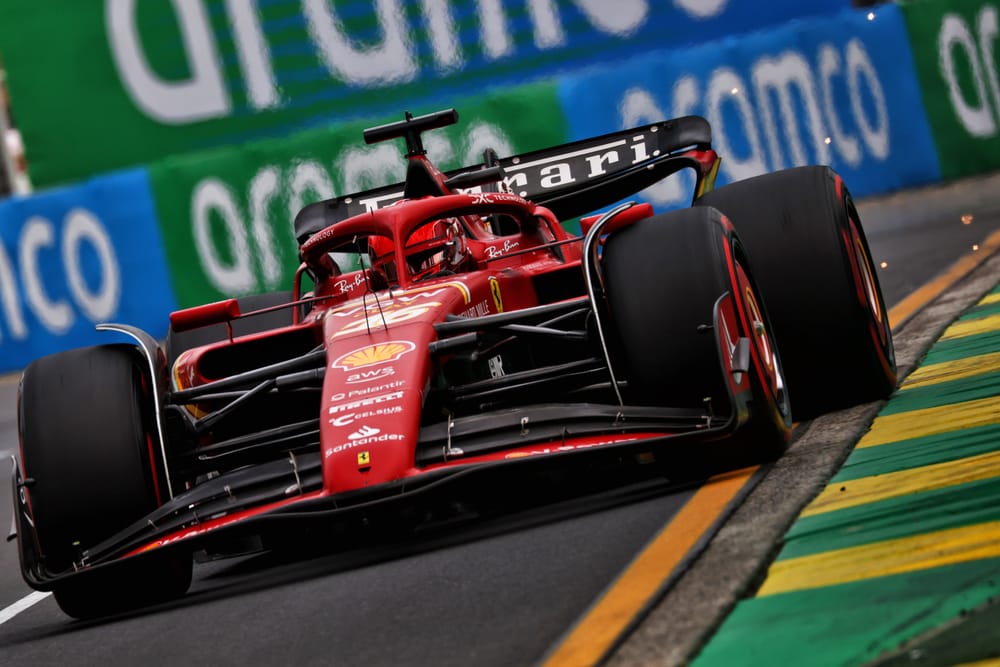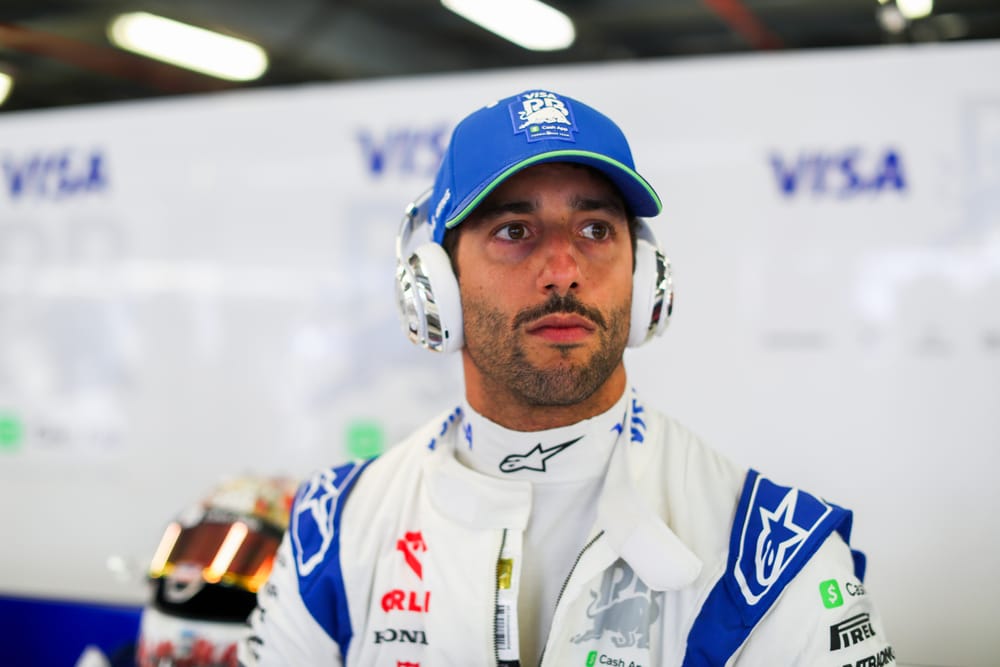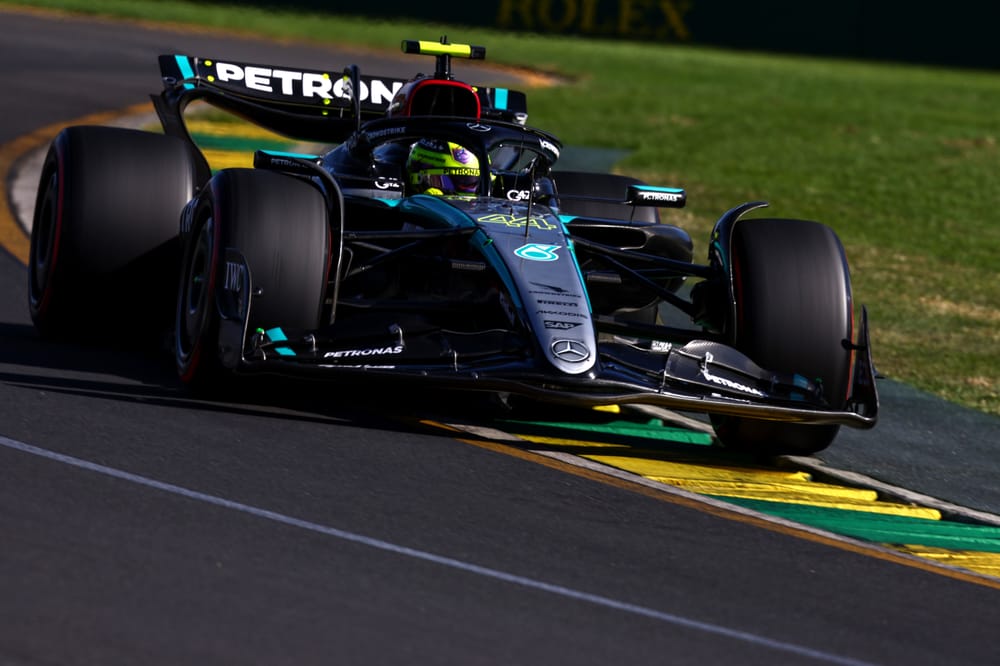Up Next

Pirelli’s introduction here of its C5 compound – the softest in its range - defined the fluctuating fortunes between Red Bull and Ferrari in the battle for pole at the Australian Grand Prix.
Max Verstappen’s 0.270s pole position margin over Carlos Sainz actually undersells just how fast the Ferrari is around Albert Park. But for a big Sainz moment into the fast Turn 9, he’d have been vying for pole. It’s the reasons behind that moment which are so revealing – and they have everything to do with the different way in which the Red Bull RB20 and Ferrari SF-24 reacted to a C5 tyre which was very tricky.
The set of demands it made also played its part in Sainz – and not Charles Leclerc who qualified only fifth - being the cutting edge of the Ferrari challenge.
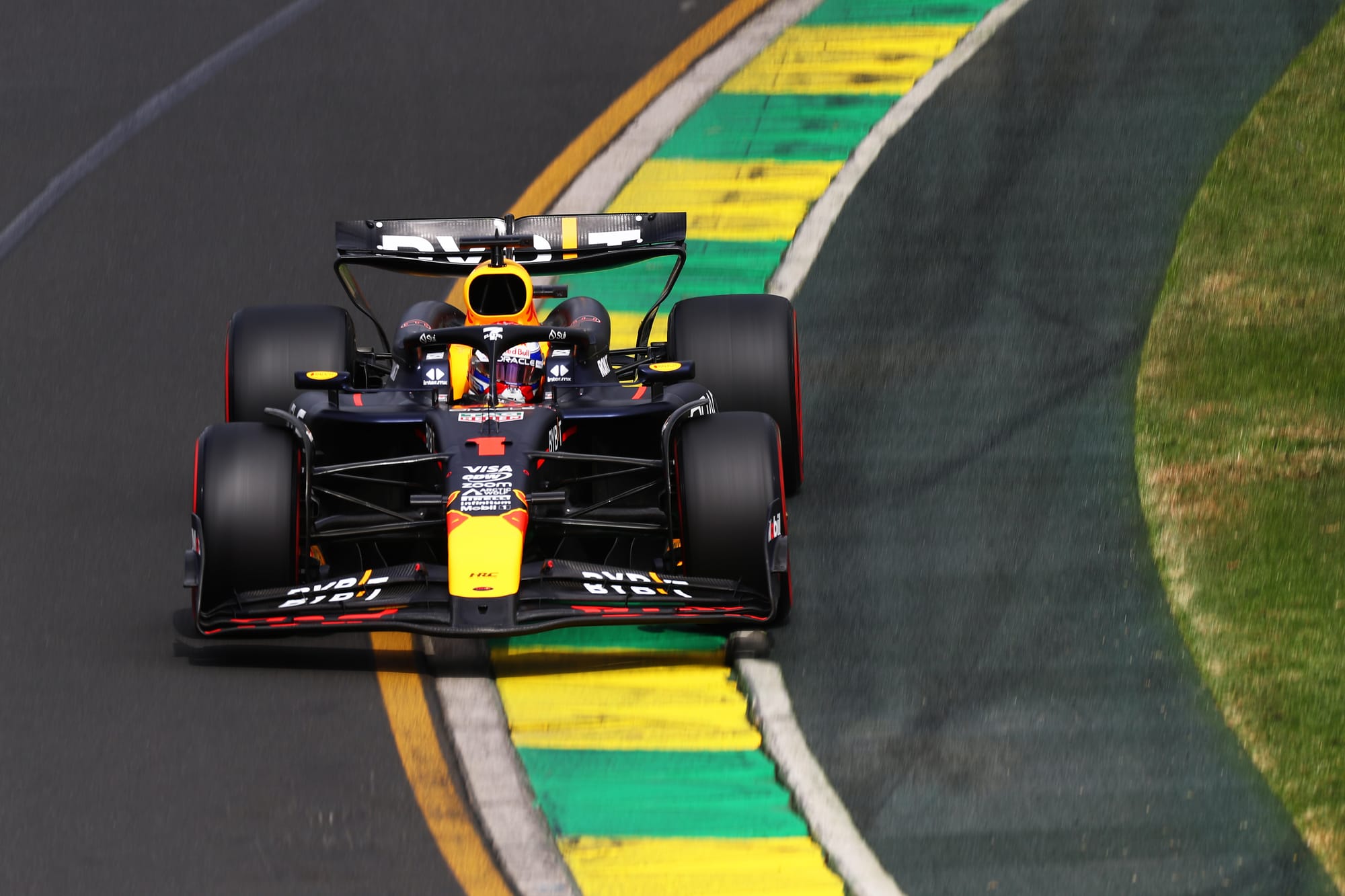
On Friday the Red Bull was a handful on the C5. Max Verstappen found he could either have understeer through sector 1 or a snappy oversteer handful through the fast Turn 9-10. Depending upon front wing level. Sergio Perez was finding much the same. Verstappen damaged his floor running wide over the Turn 10 exit kerb in FP1, doing enough damage to the floor and chassis that he was delayed taking to the track in FP2, losing around 20 minutes.
With the sweet spot still elusive as Verstappen’s car was repaired, it fell upon Perez to try to unlock the puzzle. “I just cannot push through the fast corners on the soft in the way I can with the medium,” Verstappen had complained. Perez was reporting exactly the same.
This was a tyre trait – it was pretty much what everyone was finding. But it was more extreme on the Red Bull than the Ferrari, probably on account of how it still tends to be a little reluctant to generate front tyre temperature by the start of a lap.
The early lap understeer resulting from this Red Bull trait just made an already narrow set-up window even smaller. Because the generic challenge was moving from understeer to oversteer through the lap. So using the front wing flap angle to counter the early-lap understeer would only make the snappiness later in the lap worse.
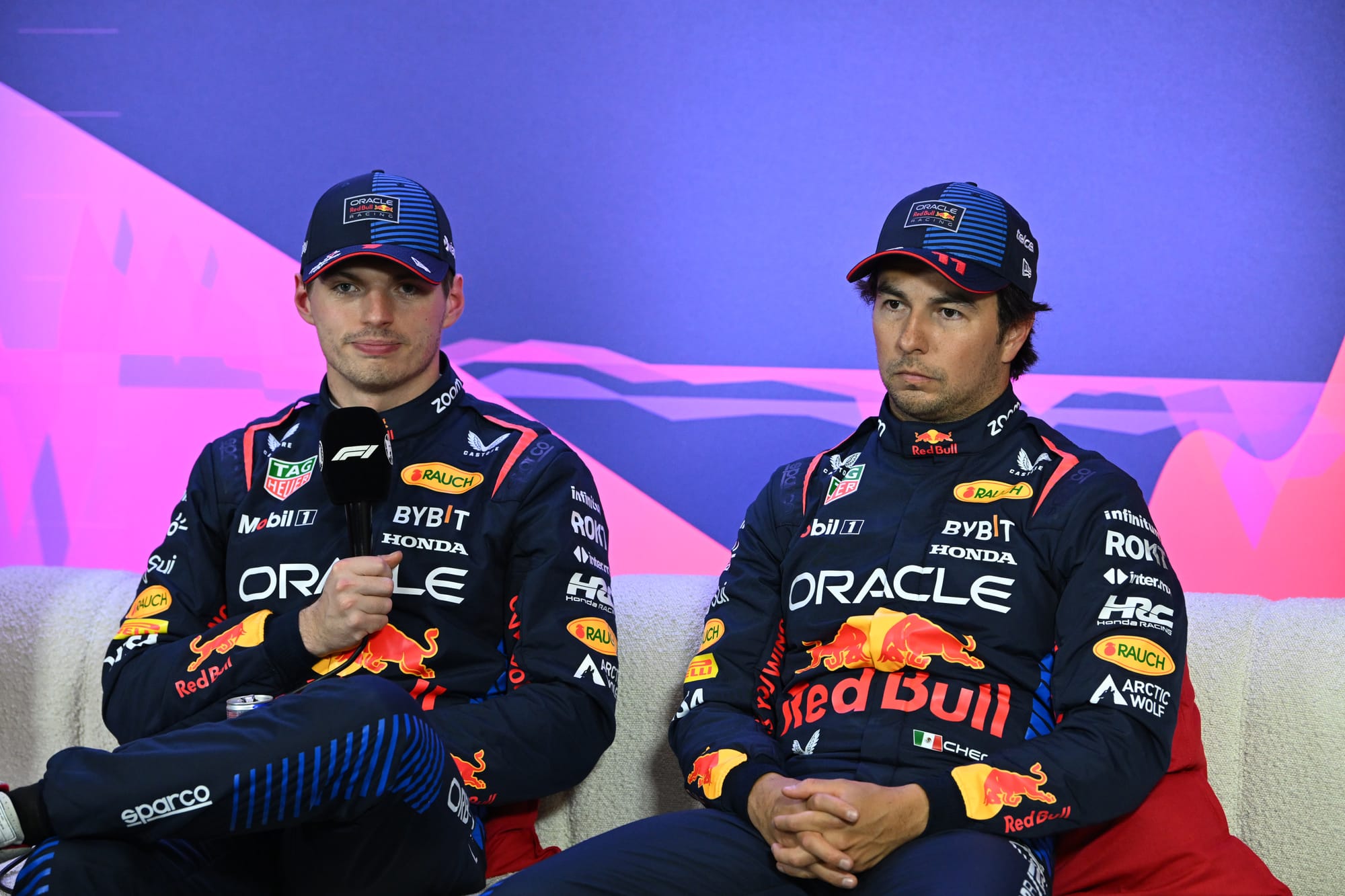
“We struggled to find the balance through the weekend,” said Verstappen, “where Ferrari looked quite comfortable already. I think maybe because we were not on top of things they looked well dialled in.”
That highlights what appears to be a major strength of the Ferrari. Its ultimate potential is not as high as the Red Bull’s but its sweet spot seems more accessible than that of any other car on the grid. So Leclerc waltzed to the fastest FP2 time and the best long runs as Red Bull, with track time limited by Verstappen’s FP1 incident, wrestled with the challenge.
Red Bull made progress into Saturday, with a set-up change incorporating a little less rear wing. It helped with the early lap understeer, boosted the already strong straightline speed while the car’s strong underbody downforce cushioned the worst effects of the oversteer later in the lap. Verstappen was within hundredths of Leclerc’s fastest FP3 time.
That session was notable in that its low track temperatures made the C5 even trickier. Drivers were finding the rears would be too hot by the time the fronts finally came up to temperature. Most set their best times after several laps of running to get rid of the front graining. But that turned out not to be an issue in qualifying as the track temperature came up by just enough.
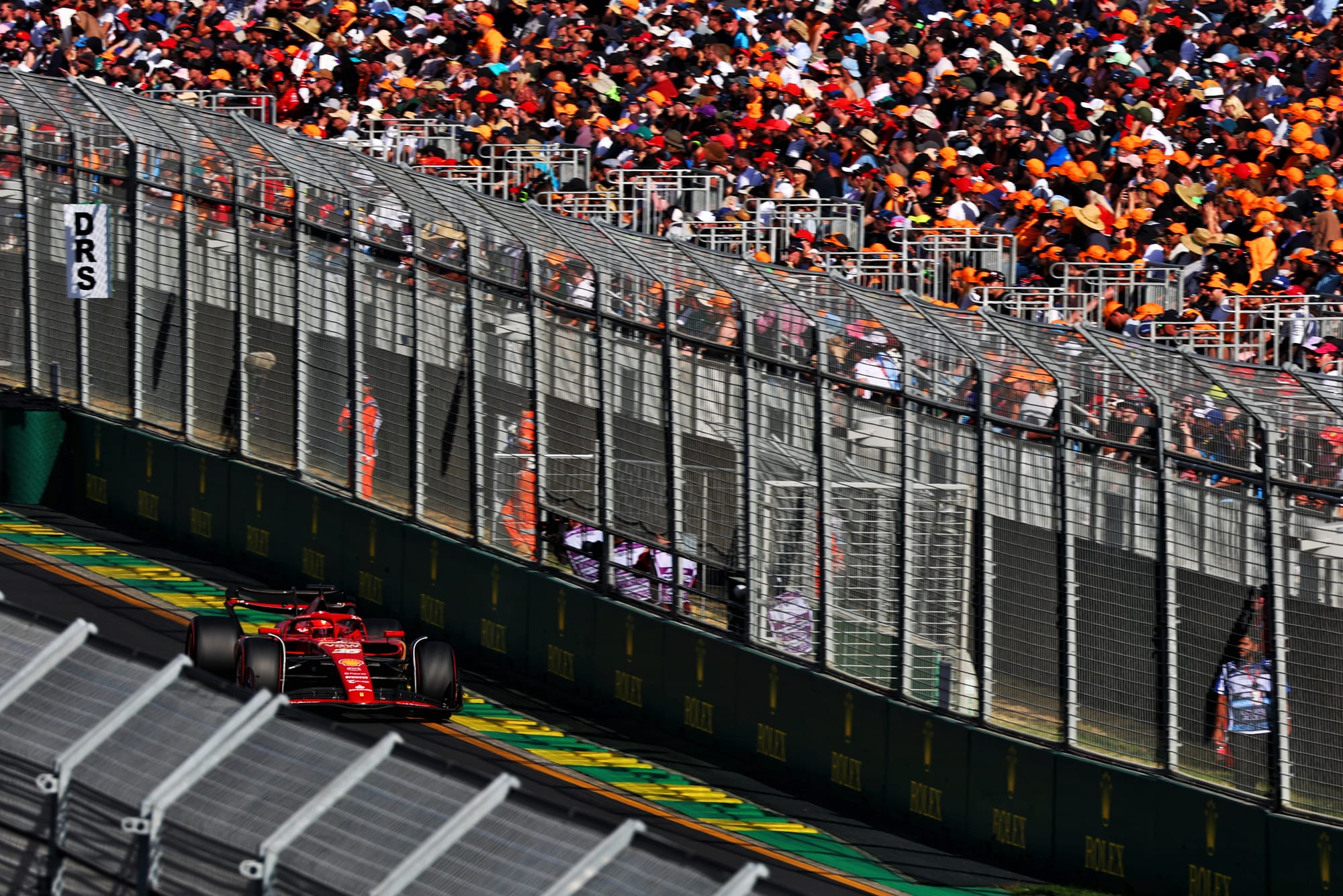
But between FP3 and qualifying three-and-a-half hours later, the wind became much stronger. It was a tailwind into Turns 1 and 3 (increasing the understeer) and a headwind into the fast Turn 9-10 sequence (increasing the oversteer). This is where Leclerc lost all feeling and confidence in the car and where the more analytical Sainz came into his own.
“I just didn’t find the right feeling,” Leclerc said, having abandoned his final lap after running out of road on the Turn 12 exit. “There was something from FP3 already that I could feel that I told myself I’ll find the confidence again in qualifying. Which usually works but today it didn’t. The front wasn’t as strong as I wanted and so on the last run I went very aggressive with the front wing and went on the other side.”
Sainz coped with the conflict of demands and their changing nature rather better, which was impressive in the circumstances. Still recovering from his operation, he admits he was not at 100%, “It was exactly as Alex [Albon] told me it would be,” he said referring to the effects of the appendectomy.
“When you are pulling high g[-force] you feel your insides kind of moving about more than before. It’s not painful, just a bit weird and uncomfortable.” But in terms of how hard he could push, his confidence increased through the weekend. “We had to tweak the seat, the belts, the brake pedal but when the adrenaline came I could push.”
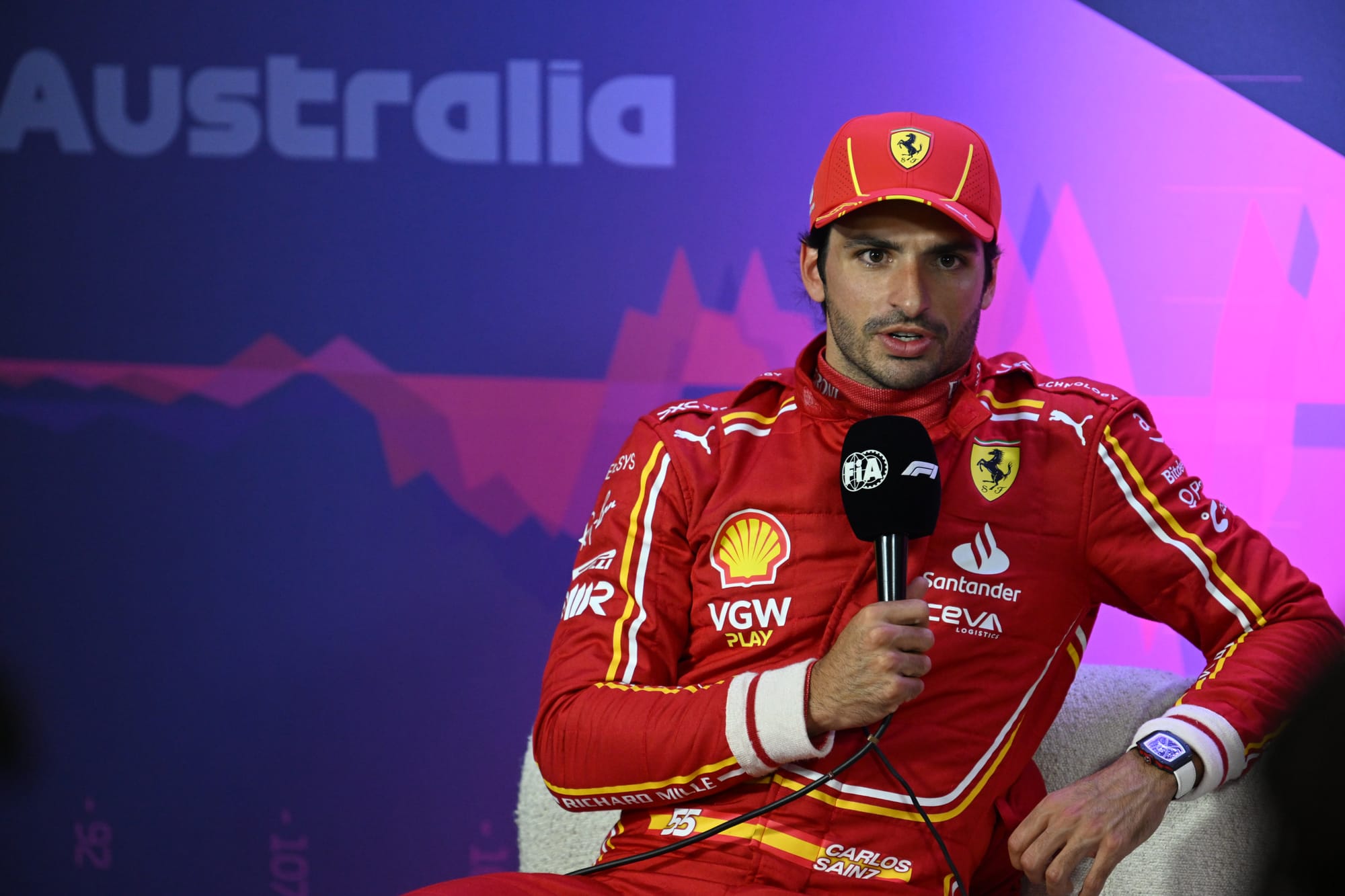
He was tracking the changing demands of the tricky C5 tyre in the changing conditions brilliantly well. “I was happy with the medium in the high-speed corners. But on the soft you cannot drive with the same confidence. The fronts are saturating and the rear snaps. The core of that tyre is too soft for my taste. You can do a lap time because of its low-speed performance, but it’s not nice in the high-speed.”
Indeed it had a snappy surprise for him as he fine-tuned for his Q3 laps: “The car surprised me in a couple of corners once we started cranking the flap.”
Up until the car snapped away from him on the 160mph seventh gear entry to Turn 9, he was absolutely on par with Verstappen’s pole lap. That snap cost him 12mph as he rescued it, and the time penalty of that carried all the way down the straight to Turn 11, putting him 0.4s behind.
In the remainder of the lap he clawed over 0.1s of that back, so lending credence to his belief that pole was achievable.
This is to take nothing away from Verstappen and Red Bull, who was pretty much faultless in exploiting a car which remained tricky even in its calmed-down form. “Even in Q1/Q2 it didn’t feel like a pole car,” he said. “We made some tickles and it helped me push it in Q3.”
Sergio Perez - third fastest, 0.36s off Verstappen, but taking a three-place grid drop for impeding – lost a chunk of lap time in Turn 1. “With the soft if you take too much from a corner you can lose a lot of lap time later in the lap… It was so tricky with the tyres, getting the best through the lap. The requirements were very different between the sectors. But I’m not too concerned. I think the deg in the race is going to be high and your qualifying position [will be] not so important. We just have to see if the changes we made chasing the balance have an effect on the deg.”
Sainz agrees degradation is going to be the key in what is expected to be a two-stop race using the medium and hard. “There is high deg on the medium,” he says. “The hard most people have not touched yet. But it’s very easy to grain the medium and traffic is not good for that tyre.”
Normally, that might be expected to heavily favour Red Bull. But maybe not so with this Ferrari. “I think our deg can be good and I think our pace can be good,” says Sainz. “I think it’s possible we can fight for the win.” Brave words after a brave performance.

